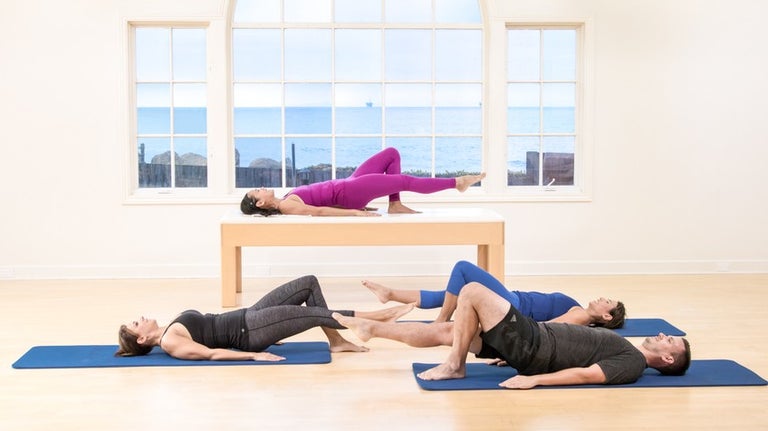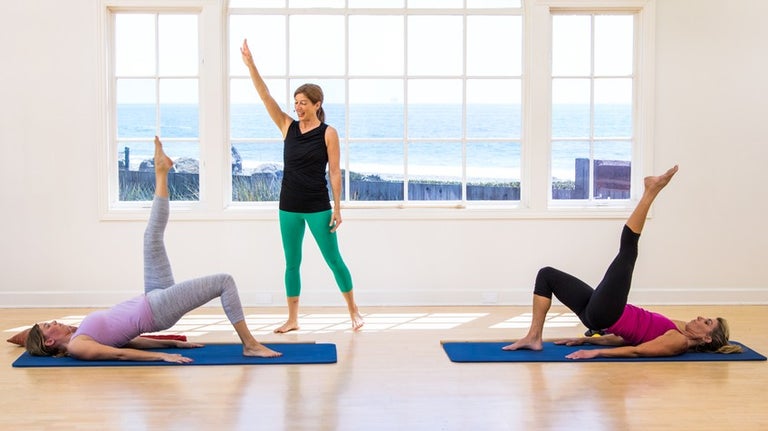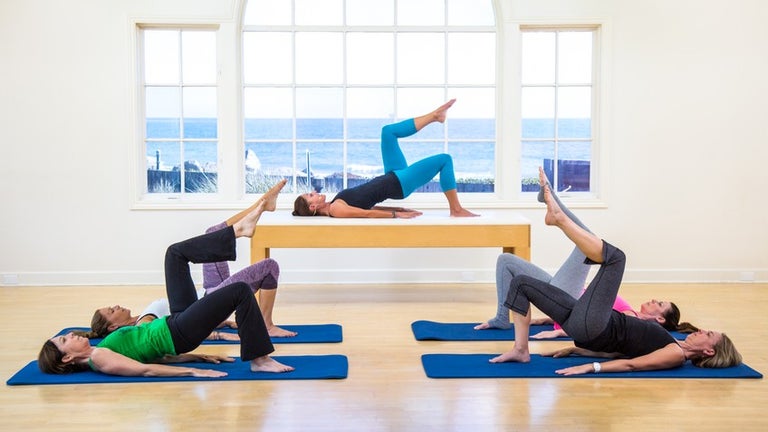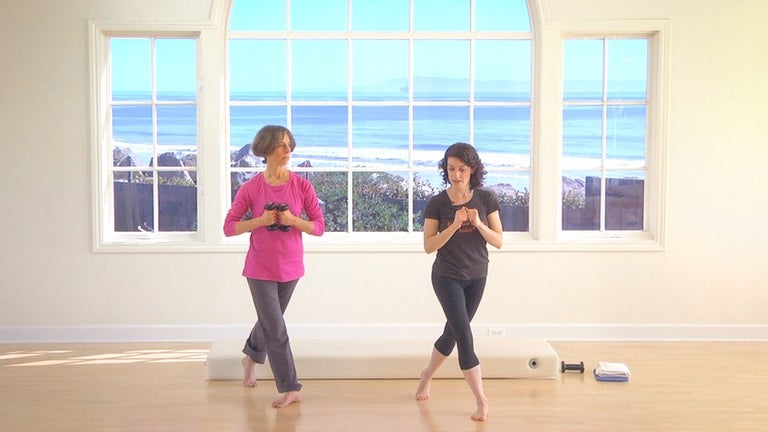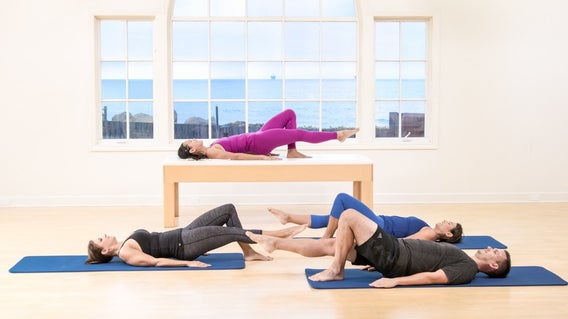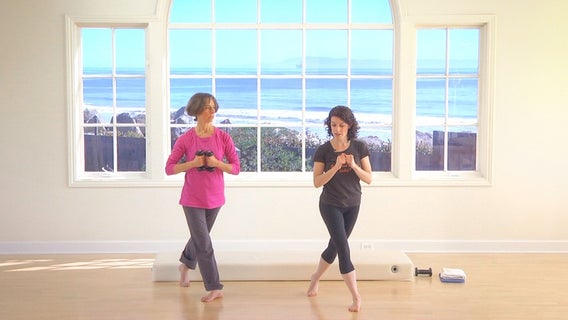Pilates for Osteoporosis
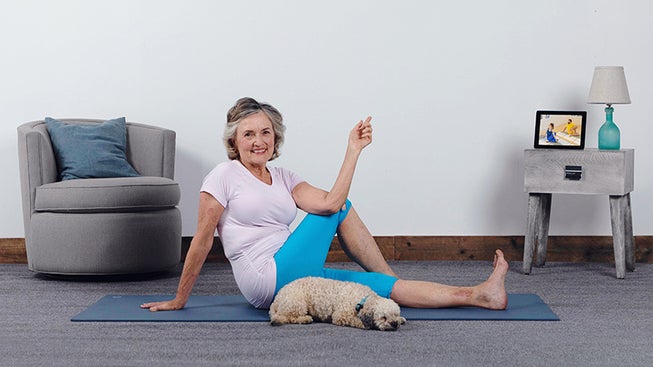
Pilates for Seniors: Osteoporosis
Osteopenia and Osteoporosis are a growing concern as it affects 1 out of 2 women and 1 out of 4 men by the age of 50. Osteoporosis is characterized by low bone mass and deterioration of bone tissue, increasing the risk of fractures, most notably in the hip, spine, wrist, and shoulder.
A specialized Pilates regime targets muscle and bone strength, directly aiding in the prevention of losing more bone mass and even reversing the effects of Osteoporosis. Pilates focuses on alignment with weight-bearing exercises while simultaneously strengthening the core, spine, and legs, which are essential to any individual with Osteoporosis or its precursor, Osteopenia.
Pilates Benefits for Osteoporosis
To counteract the effects of Osteoporosis, building up bone density is key. There are many factors and lifestyle changes, including both medical and alternative approaches, such as; medications, increasing Vitamin D, change of diet, safe practices in daily activities, and most importantly, exercise to increase bone density.
The amount of bone density that can be regained varies from person to person, however, studies have shown that bone density increases do occur, and at the very least, prevents further bone loss.
A specialized Pilates program completed 2-3 times per week is an excellent resource for anyone with Osteopenia or Osteoporosis. Movement that strengthens muscles also strengthens bones, and specialized Pilates exercises that incorporate either weight-bearing (such as standing Pilates) or resistance (such as the Reformer) are the way to go. Following a traditional Pilates practice is not recommended for anyone with Osteoporosis due to the amount of forward flexion in many exercises which is a contraindication for the disease. As an individual advances with Pilates, then more load and functional exercises can and should be added. Walking 3-4 times per week for 40 minutes is also highly recommended.
Overview On Safe Exercises
Osteoporosis translates to having a weakened skeletal structure and unfortunately means increased risk for fractures. Staying active and safely performing specific exercises to strengthen muscles and bones reduce the risk of fractures as well as aids in staying healthy and independent.
The most efficient program for any individual with Osteoporosis should include walking, balancing, muscle strengthening, and back extensor exercises. Gravity is a bone’s best friend, hence why weight-bearing exercises such as walking 3-4 times per week are recommended. Maintaining a healthy balance in conjunction with muscle strengthening prevents bad habits and falling, thus decreasing the risk of fractures. The ability to get up and down from the floor or pick up an object without curving the spine over is most ideal.
Strengthening the legs and hips with standing exercises and squatting or side lying exercises such as variations of the Side Kick support the spine, improve posture, and strengthen the bones. Safe exercises to strengthen the back include variations of the Swan Dive, Breaststroke, Single Leg Kick, and Swimming. Emphasizing back extension exercises over traditional forward flexing Pilates exercises is fundamental for proper Osteoporosis training.
Featured Classes for Osteoporosis
MODIFICATIONS FOR SENIORS WITH OSTEOPOROSIS
Pilates is a great form of exercise for improving posture, alignment, strength, balance, mobility, and confidence. For the individual with Osteopenia or Osteoporosis, the traditional Pilates repertoire is not recommended due to the amount of forward flexion in many exercises. A ‘slouched’ or forward posture translates to an overstretched and weak back, which eventually wears down the discs of the vertebrae. If an individual with bone loss bends over with a curved spine to pick up any object, they are doing so in a compromised position. Instead of using the muscles of the back, the fully stretched ligaments are doing a job they’re not designed to do, which eventually breaks down the discs and can result in fractures.
The good news is that with the right modifications there are plenty of safe bone-building Pilates exercises for anyone with Osteoporosis. The most important modification for a flexed spine is learning the hip hinge for both Pilates exercises as well as everyday activities involving lifting, gardening, or using the dishwasher or oven. Many of the abdominal Pilates exercises involve lifting the head and upper body, however, by omitting this lift, spinal integrity is preserved and a deeper, more challenging connection of the core is achieved.
Tips and Precautions
Seniors diagnosed with Osteoporosis benefit from incorporating new habits into their lifestyle. These habits help reduce the risk of fractures and lead to a healthier, independent and strengthened quality of life. Everyday activities, including but not limited to; sitting, driving, gardening, using the oven, carrying children, pets, or objects, and getting out of bed can be performed in a more efficient manner.
The number one tip for anyone with low bone density is utilizing the hip hinge (instead of curving the spine) to pick up any object, bend over, or as a means to get to the floor. In general, one shouldn’t hold any position longer than 20 minutes and it’s recommended to avoid carrying anything over 20lbs. When sitting, move all the way to the back of the chair to obtain a more upright position and to avoid slouching the spine. When driving, focus on maintaining a sense of length. When lifting any object, use your hip hinge or lunge and bring the object close to the body before coming back up.
You can find more tips here.
Exercises to Avoid
Pilates is an effective and safe form of exercise for anyone with Osteoporosis or its precursor Osteopenia. Due to its proponents of low bone mass and risk of fractures, there are contraindicated Pilates exercises that should be avoided.
In general, it’s recommended not to lift more than 20lbs, avoid extreme activities that can be jarring on the spine such as skydiving or zip-lining and avoid extreme ranges of the spine.
Pilates exercises with forward flexion such as Chest Lift, Criss Cross, Single Leg Stretch or the Hundred are best avoided due to the pressure it puts on the spine. Loaded flexion exercises are also contraindicated and include exercises such as rolling like a ball, seal, roll over and open leg rocker. Though it may seem there are plenty of exercises in the Pilates repertoire that need to be avoided, there is also a plethora of exercises that are excellent for Osteoporosis along with numerous modifications available.
Join Our Online Community
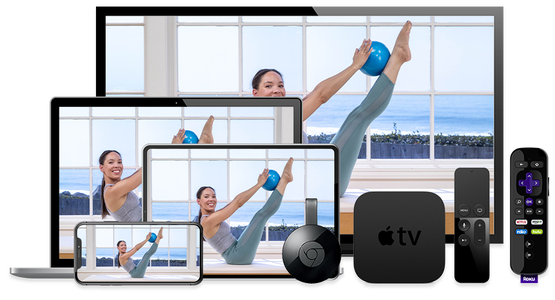
- 15-Day Free Trial
- Unlimited Access to Thousands of Classes
- 95+ Pilates Programs and Challenges
- No Ads
- New Videos Weekly
- Available on All Your Favorite Devices
